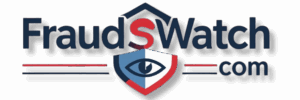COVID-19 Relief Fraud: The Case of Casie Hynes and the $2 Million+ Scheme – A Deep Dive into Pandemic Loan Abuse
The COVID-19 pandemic brought unprecedented economic challenges, prompting the US government to launch massive relief programs like the Paycheck…

